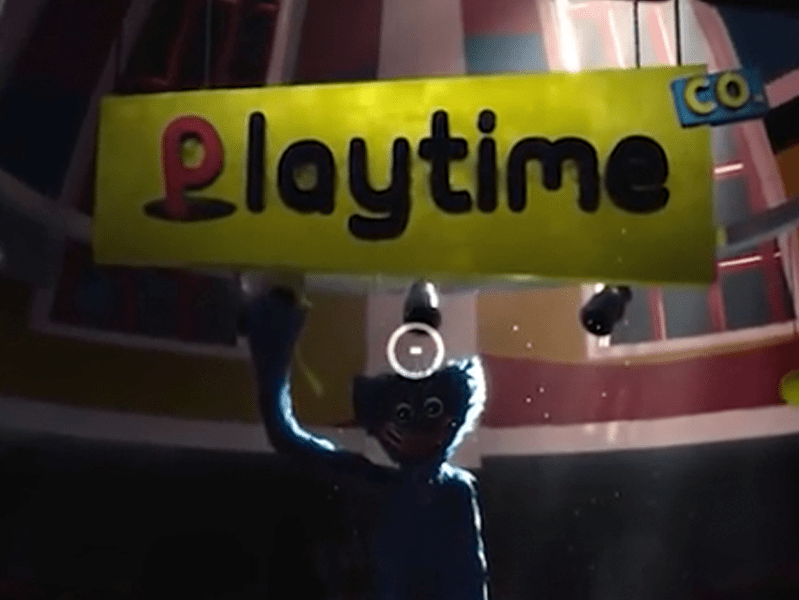Last Updated on 11th January 2022
Key Points
The spread of misinformation, fake news and conspiracy theories in the UK has reached new heights.
According to Ofcom, 61% of people are concerned about the impact of misinformation concerning COVID-19.
Children can be targets of misinformation and be more susceptible to believing falsehoods or innocently sharing false information without verifying sources or facts.
Experts from the Institute for Strategic Dialogue warn that COVID-19 conspiracy theories are shifting to focus on climate change.
Read to the end to find steps you can take to protect yourself and the children in your care from misinformation.
What is Misinformation?
Misinformation is the deliberate development of stories and events which are not factually correct to further an ideology, sow confusion or delegitimise an individual or cause. Some information may be based on something that was true but has since been exaggerated and changed so that it no longer accurately represents the truth.
Misinformation is nothing new. Newspapers have been accused of printing fake news stories since they began. But now misinformation can reach a global audience within seconds via social media platforms.
Without factually correct information guiding their decision-making processes, children and young people are likely to form incorrect opinions and views of the world around them.
Navigating the online world can be complex, even for adults. Knowing how to process information critically requires a degree of maturity and media literacy, which is still in development for most children.
Without factually correct information guiding their decision-making processes, children and young people can form incorrect opinions and views of the world around them. These falsehoods can also impact their trust in information and the world around them.
While some children may understand and be aware of misinformation, others may share misinformation because it’s ‘fun’, ‘entertaining’ or ‘controversial’.
In some cases, young people may see misinformation, and while they do not believe it, it casts doubt on well-established truths. This can lead them to question things that generations before them took for granted for example, whether the world is flat.
By sharing misinformation, children and young people can indirectly contribute to its spread and encourage their peers to internalise falsehoods commonly repeated online. Visual disinformation is processed quicker than written communications. In some instances, children are targeted with visual disinformation on video sharing platforms.
It has been reported that children as young as 9 years old have viewed COVID-19 related misinformation on TikTok.
Climate change deniers are nothing new and they have been around for a long time, but the current online environment has now given a platform from which deniers can easily spread misinformation on the subject. The last few years have created a perform storm; the political climate, increased political polarization and widespread online access have increased the likelihood of mass disinformation campaigns.
However, the most significant fuel to the climate change misinformation fire was Covid, or more specifically, lockdowns. The phrase ‘climate lockdowns’ has been increasingly used on social media to perpetuate false narratives surrounding a link between lockdowns and diminishing civil liberties. Although the misinformation around climate change takes many forms and contains various conspiracies within it, the general belief is that governments will use the excuse of climate change to continue to take away the civil liberties of their citizens.
Analysts have found that during a review of the top 150 retweeted posts mentioning ‘climate lockdown’, 29% mentioned ‘the great reset’ and 44% mentioned an ‘elite plot’.
A 2020 report by campaign group, Avaaz, found that pages from the top 10 sites peddling inaccurate information and conspiracy theories about health received almost four times as many views on Facebook as the top 10 reputable sites for health information.
The spread of misinformation regarding COVID-19, or the ‘Infodemic’, has had serious impacts. Research suggests a single piece of coronavirus misinformation could have led to as many as 800 deaths during the global lockdown.
A study at the University of Oxford found that more than a fifth of people in England believe that COVID-19 is a hoax. This has led to numerous ‘anti-mask’ protests, which has risked the further spread of the virus.
Researchers at the University of Cambridge found that people with poor numerical literacy were more likely to believe COVID-19 misinformation. The research concluded that improving people’s analytical skills could help turn the tide against an epidemic of “fake news” surrounding the global health crisis.
Unfortunately, misinformation covers more themes than just COVID-19 and climate change. Misinformation on social media shapes opinions worldwide on migration, racism, elections, Brexit, and much more.
A 2020 report published by the UK Government’s Intelligence and Security Committee concluded that Russia was spreading fake news and attempting to influence political events “for a wide range of purposes”. The report reads:
“Employees of the Russian state and Russian-controlled bots may masquerade as ordinary British citizens on social media and give the UK’s politicians, journalists and other people who may have power and influence the impression – simply via the sheer quantity of posts – that the views espoused are genuinely those of a majority of their country’s public.”
What You Can Do
With an abundance of misinformation, fake news, and non-factual reporting, it can be challenging to decipher what is factual information and what is not. Below, we have developed key advice for you and the children and young people in your care.
Before sharing or believing anything online, it’s always worth following these guidelines:
Check the publisher
How or where did the story come from? What other information have they published and what do you know about the news outlet?Check the sources
Who does the news story quote? If they mention experts or other news outlets, you can -search online to see if they check out.- Who shared the content?
Do you know the person? Are they qualified to give an expert opinion? Have they shared anything else trustworthy? Research the issue using trusted sources and discuss it with someone you trust
Read past the headline, think about what the story tells you, and pay attention to dramatic language.
Check the date
When was the article published? It might be old or reposted.Pay attention to images
They may not be recent and may have been reused (you can use reverse image search to find out).- Use a fact-checker
Many websites check facts, and stories reported in the press. For example, have a look at Full Fact.
It’s important to encourage young people to discuss the news with you so that you can figure it out together. Visit our Teach Hub and Home Learning Hub for learning resources about fake news and misinformation.
Join our Online Safety Hub Newsletter Network
Members of our network receive weekly updates on the trends, risks and threats to children and young people online.
Who are your Trusted Adults?
The Trusted Adult video explains who young people might speak to and includes examples of trusted adults, charities and organisations.
Pause, Think and Plan
Use our video for guidance and advice around constructing conversations about the online world with the children in your care.









